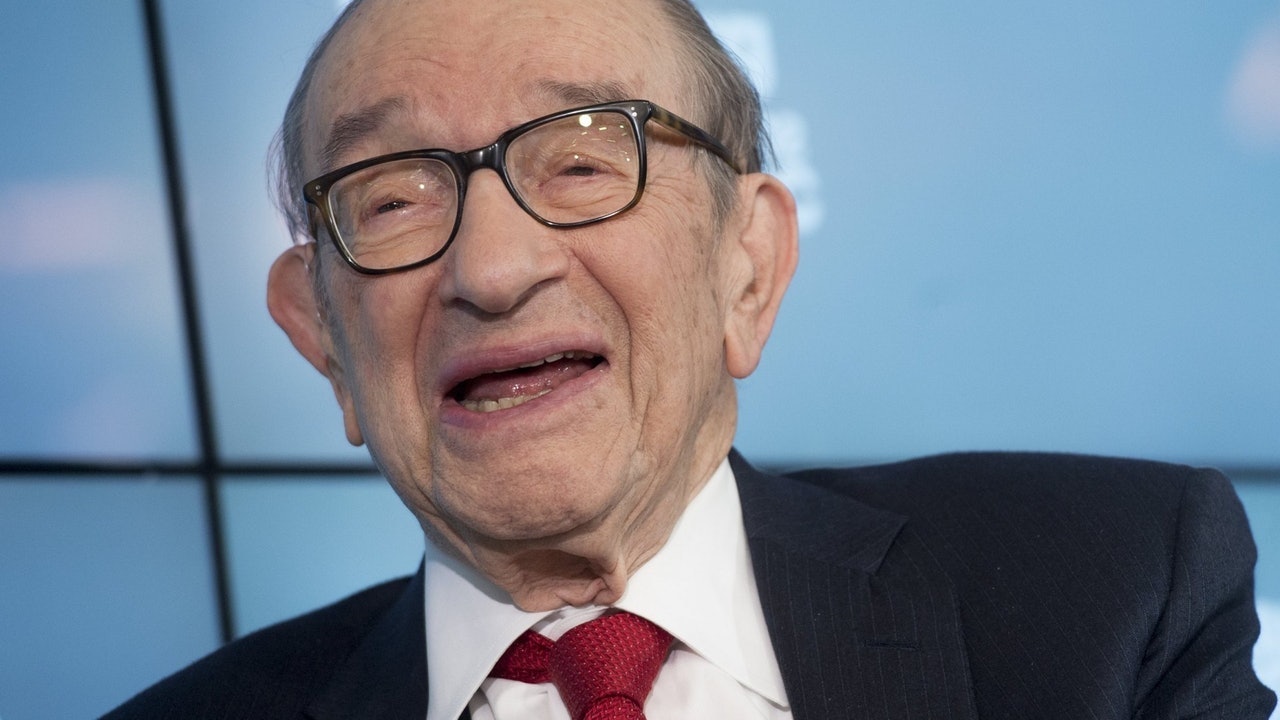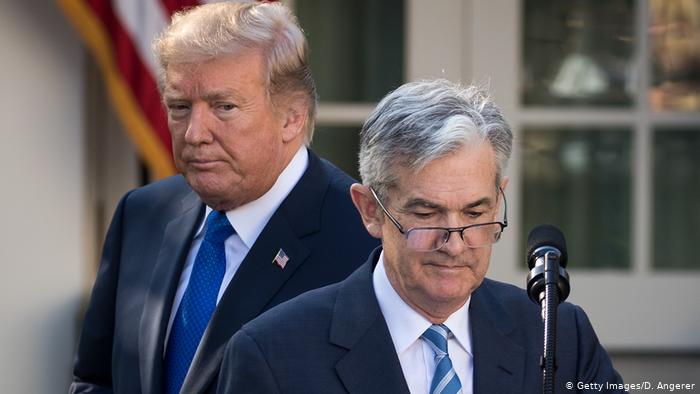
LEO
Oct 25, 2021 14:05

Tesla 2020 shareholders meeting will be held on September 22, Pacific time. After the conference, Tesla will hold a press conference for battery technology for the first time, which is "Battery Day." In response, investment banks have raised the target price of Tesla. Wedbush increased from US$380 to US$475; PiperJaffray increased from US$480 to US$515; Deutsche Bank raised US$300 to US$400; Credit Suisse raised US$280 to US$400.
Before each conference, Musk will make high-profile hype, and Tesla's stock price tends to rise around the event date. But it should be noted that not every new technology announced at the press conference can finally be faithfully applied to the product.
For example, in October 2016, Musk demonstrated solar glass roof tiles technology to the market and successfully persuaded investors to acquire SolarCity for US$2.6 billion. But so far, the company has not applied the solar technology to any products.
Similarly, at the "Autonomous Driving Day" conference in April 2019, Musk said that Tesla hopes to "achieve the improvement of autonomous driving functions this year." But as of this summer, the autonomous driving system is still in the "disruptive improvement" stage that Musk claims.
Therefore, short-term speculators may benefit from the "battery day", but long-term investors must think twice before placing heavy bets, as the value of their products may be overvalued.
Cruise, the rival of Autonomous driving technology
Objectively speaking, Tesla still lags behind its competitors in autonomous driving technology. One of its main rivals is Cruise, a subsidiary of General Motors (GM.US). Its autonomous driving technology is more mature, and its company vision goes far beyond the scope of owning a car.
Cruise showed the Origin driverless concept car earlier this year. This car is not designed to compete with Tesla for people's garage space, but to facilitate people's travel in the city. Data from the survey company Navigant Research shows that more than a dozen companies have better strategies and execution capabilities than Tesla in terms of autonomous driving technology. The report claims that Cruise is the "leader" in autonomous driving, and Tesla is just the "challenger" of this technology.
What's more, Cruise's autonomous driving mileage in California in 2019 was 831,040 miles, and Tesla's was only 12.2 miles. If Cruise really launches autonomous driving services as planned in 2021, it will greatly affect Tesla's business.
Electric car startup Rivian
There is an unlisted company in the electric vehicle field that has attracted much attention-the electric truck startup Rivian. In February 2019, Amazon led a $700 million investment in the company. In the same year, Ford Motor (F.US) also invested US$500 million in it.
Rivian plans to start delivering its electric R1T pickup and R1S SUV in the summer of 2021. Both can reach an addend of 0-60 kilometers in 3 seconds, with a horsepower of 750. They can also travel through nearly 1 meter of water and have a battery life of 400 miles. In addition, Rivian also intends to provide last-mile delivery trucks to Amazon.
In fact, Rivian is not a new company. The company was founded in 2009 by RJ Scaringe. In the initial stage, the chassis was specially designed for off-road vehicle "skateboard".
Although the customer base of Rivian Automobile and TeslaModel 3 customers may not be the same. But Rivian looks to be the focus of high-end electric car customers and will become Tesla's new competitor in 2021.
SolarEdge solar technology
In the five years since the solar technology company SolarEdge (SEDG.US) went public, its share price has soared by 806%. The company has achieved significant results in leading the US residential and commercial solar module-level power electronics business.
Although it does not pose a threat to Tesla at present, the electronic products it manufactures are very important to solar panel manufacturers and installers like Tesla. This means that Tesla cannot dominate the energy storage and electric vehicle markets.

Oct 25, 2021 14:05
